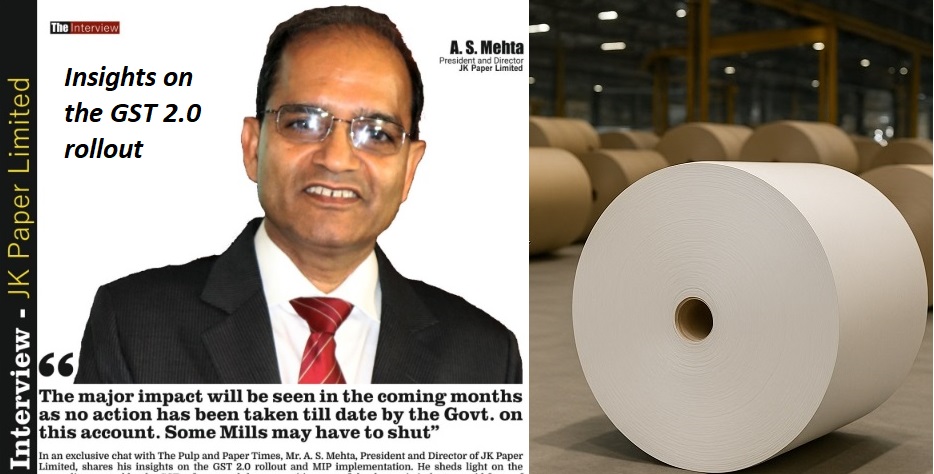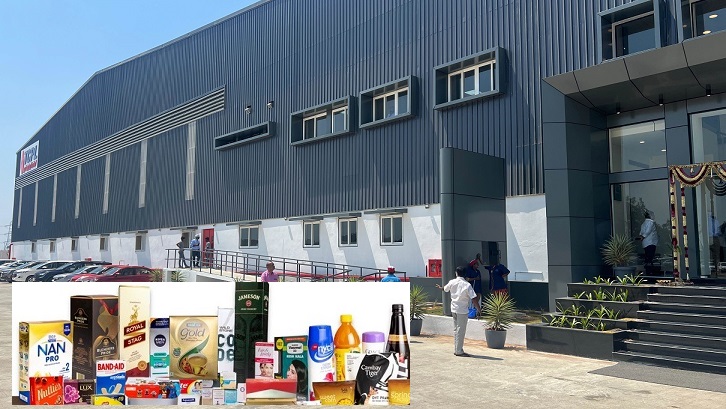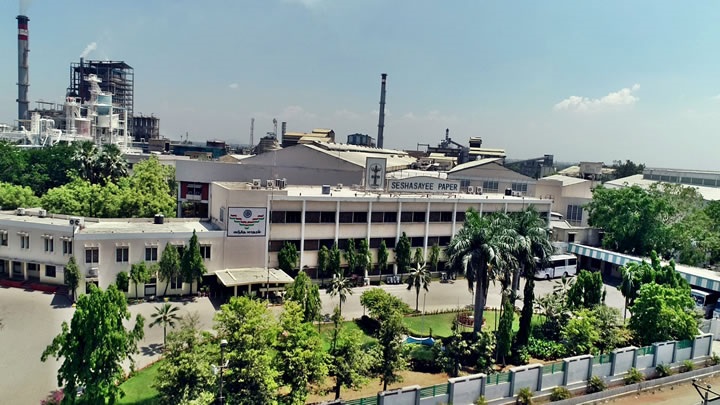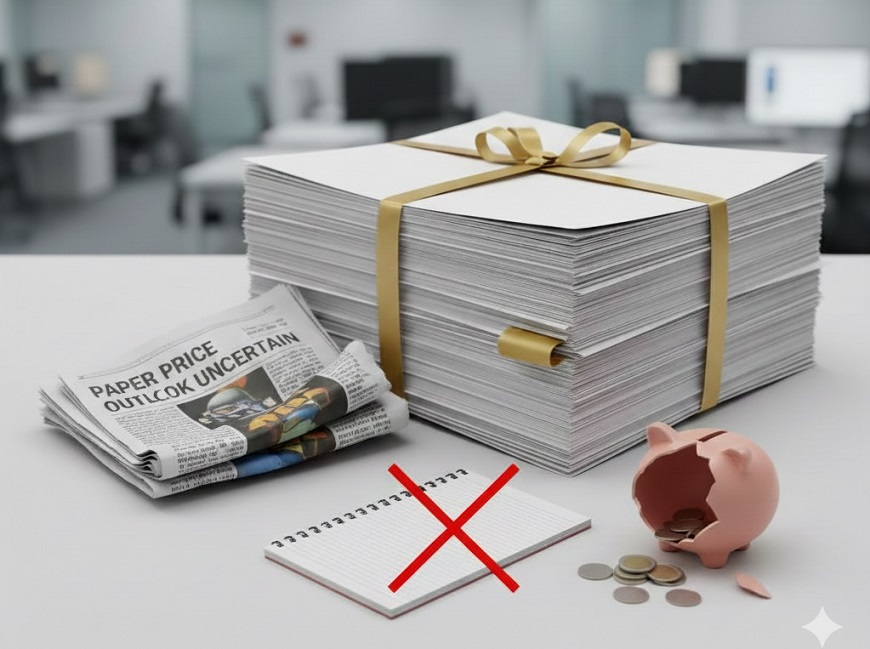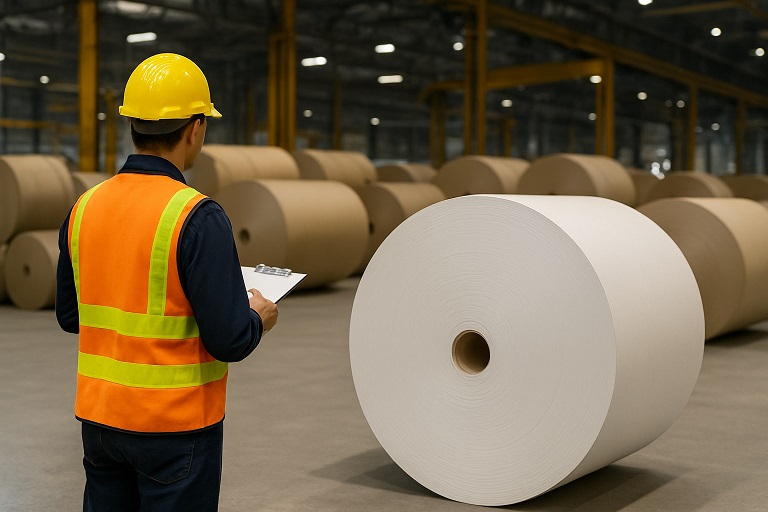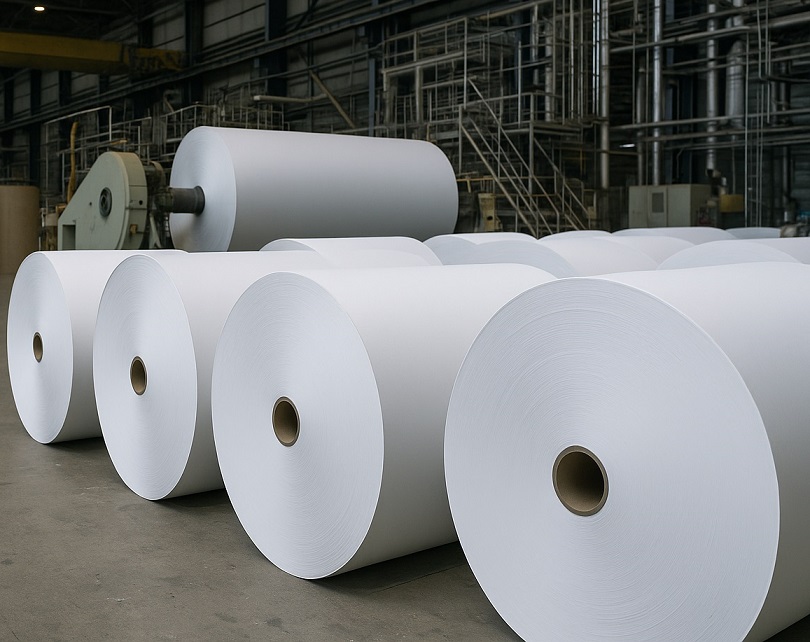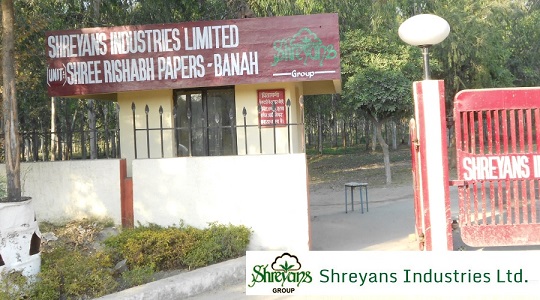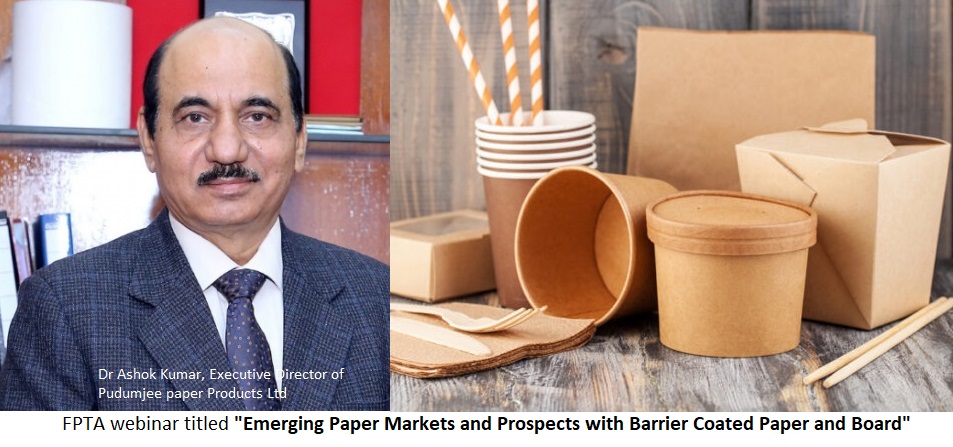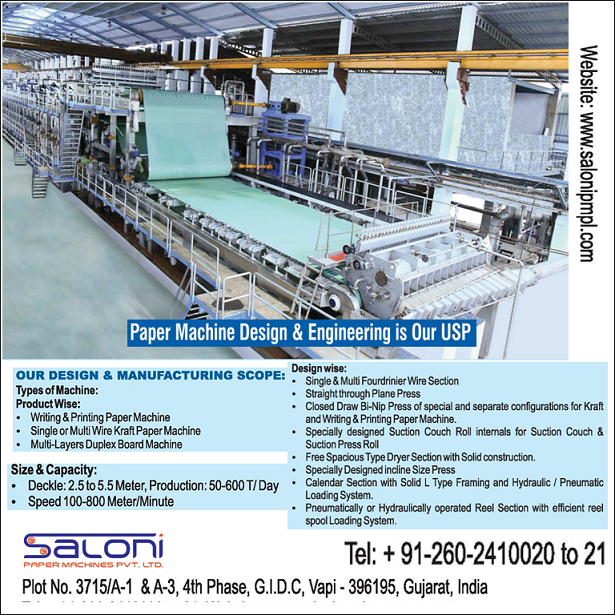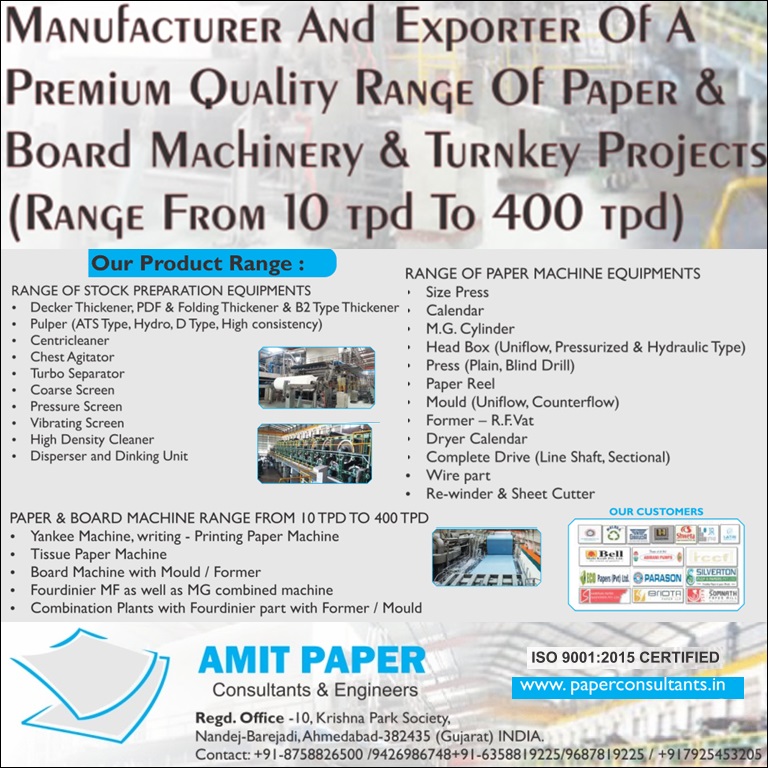Paper mills will need to adapt to the growing demand for higher-quality, performance-oriented paper to remain competitive, says Mr. Rishabh Agarwal, President of ICCMA
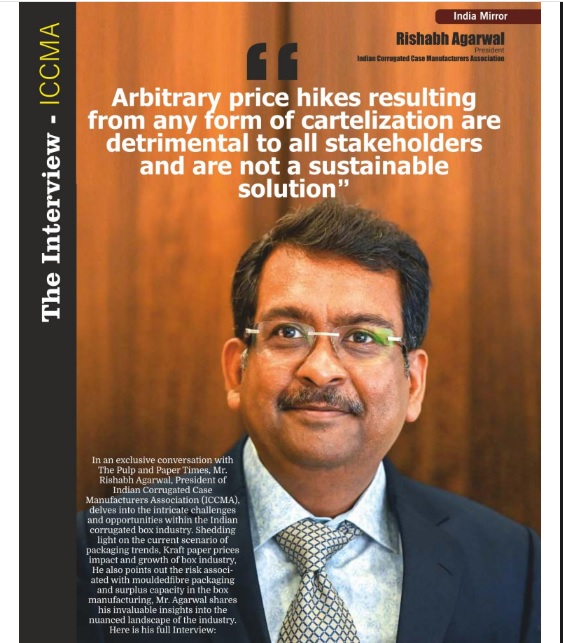
Paper mills will need to adapt to the growing demand for higher-quality, performance-oriented paper to remain competitive, says Mr. Rishabh Agarwal, President of ICCMA
Keypoints:
“Only time will tell how integrated large players in corrugated packaging and large customers employing reverse bidding will work in tandem”
“It’s not only that paper mills are moving towards forward integration—corrugated plants are also pursuing backward integration”
“Cost pressures undoubtedly exist, but the paper industry is not alone in facing such challenges”
“Arbitrary price hikes resulting from any form of cartelization are detrimental to all stakeholders and are not a sustainable solution”
In an exclusive conversation with The Pulp and Paper Times, Mr. Rishabh Agarwal, President of Indian Corrugated Case Manufacturers Association (ICCMA), delves into the intricate challenges and opportunities within the Indian corrugated box industry. Shedding light on the current scenario of packaging trends, Kraft paper prices impact and growth of box industry, He also points out the risk associated with moulded fibre packaging and surplus capacity in the box manufacturing, Mr. Agarwal shares his invaluable insights into the nuanced landscape of the industry. Here is his full Interview:
The Pulp and Paper Times
Q: Please give us a brief introduction to the Indian Corrugated Case Manufacturers’ Association (ICCMA).
The Indian Corrugated Case Manufacturers’ Association (ICCMA) is a leading trade organization representing the interests of India's corrugated packaging industry. ICCMA was incorporated in 2009 when automation in corrugated box production was experiencing rapid growth. Due to the vast differences in scale of operations and technology compared to semi-automatic processes, there was a need for specific alignment to enable focused discussions on quality, technology, and compliance, particularly for larger-scale operations. Established to promote the growth and development of the corrugated packaging sector, ICCMA serves as a collective voice for its members, including manufacturers, suppliers, and other stakeholders in the industry.
Q: How do you see the demand perspective of corrugated boxes in the market? Do you think the organic growth of packaging from the market has vanished due to recession, inflation, and high-interest rates? What is ICCMA’s quick review of the present state of the market?
In my view, the corrugated boxes market should not be viewed from a short-term perspective. Like paper mills, corrugated box plants now have gestation periods of several months and large investments. Therefore, assessing the industry based on a 12-24 month horizon is more appropriate. It is incorrect to say that organic growth has vanished. New greenfield plants are being established almost every week across the country.
Since COVID-19, the markets have been highly volatile but are now gradually stabilizing. The effects of worldwide turmoil and supply chain issues still persist.
The demand for corrugated boxes remains resilient, driven by factors such as the growth of e-commerce, increased consumption of FMCG products, and the shift toward sustainable packaging. However, the industry is not immune to economic pressures like inflation, high-interest rates, and global recessions, which can temporarily dampen organic growth.
Q: Paper mills are more interested in forward integration by setting up corrugation units to increase their margins and consumption of paper. Big paper mills are acquiring corrugation plants across India. Don’t you think the future picture of the box industry will change? How does ICCMA review this move, especially when the majority of corrugated box manufacturers are small and medium entrepreneurs?
India is a very fragmented market. Corrugated box manufacturers often feel that paper mills have higher margins, and vice versa. Both sides are finding opportunities. It’s not only that paper mills are moving towards forward integration—corrugated plants are also pursuing backward integration.
There are a few players requiring very large volumes of boxes and countless others needing smaller volumes. Many larger players have chosen the unethical path of reverse bidding during procurement, thereby compromising on quality and healthy supply chains. Only time will tell how integrated large players in corrugated packaging and large customers employing reverse bidding will work in tandem.
While consolidation can be beneficial, I don’t believe India is a market where integrated players will find easy success. This is because box customers demand a high level of service, something paper mills are not typically accustomed to providing.
India is a vast market, with opportunities for all business models—whether integrated (forward or backward) or standalone. Consolidation could also bring about more standardization in quality and practices, which may benefit the industry as a whole.
Q: Any product’s impact comes not just from the product itself but also from how it’s packaged and delivered to the customer. How do you evaluate the perception of new-age consumers about compostable and sustainable packaging? Does packaging give an ‘edge’ to products?
Definitely. Corrugated boxes are among the most eco-friendly packaging solutions available. Nearly 100% of used boxes are recycled repeatedly. The industry is innovating rapidly—not only in terms of lightweight materials but also with designs that enhance strength, minimize waste, and improve the overall life cycle of packaging solutions. This adaptability ensures corrugated packaging remains a leader in sustainable packaging solutions.
End customers are actively seeking paper-based or corrugated packaging alternatives to replace non-recyclable or less sustainable options. Millennials and Gen Z are particularly driving the shift toward sustainable choices, which will continue to grow over the next several years.
Eco-labels like FSC are gaining prominence as companies and consumers increasingly seek to validate the sustainability of packaging materials.
Q: How does ICCMA absorb Environmental, Social, and Governance (ESG) principles into packaging, and why is ESG becoming more demanding nowadays?
Corrugated paper boxes are already 100% sustainable and environmentally friendly. ICCMA has been at the forefront of promoting ESG practices and assisting its members in adopting them for several years.
ESG is gradually evolving from being a regulatory requirement or optional initiative to becoming a core business priority.
For the past eight years, our annual conferences have included sessions on solar energy, coal replacement, energy savings, and social compliance. ICCMA proudly notes that the majority of its members supply FSC-certified products. Many members have switched to using agro-briquettes instead of coal for heating, installed solar power systems, and, in some cases, are running operations entirely on renewable energy.
Customers are also increasingly demanding ESG alignment within their supply chains. This means ESG initiatives are driven not only by proactive measures but also by customer expectations.
Q: Recently, packaging and corrugation associations in Uttar Pradesh blamed paper mills for an arbitrary price hike in paper prices between July and September 2024. Does ICCMA support this claim? Are paper prices really under pressure from rising input costs, or is this increase motivated by other factors?
We believe that prices must always be driven by market demand and supply. Arbitrary price hikes resulting from any form of cartelization are detrimental to all stakeholders and are not a sustainable solution.
Cost pressures undoubtedly exist, but the paper industry is not alone in facing such challenges. Non-market-driven price hikes cause significant distress to the converting industry, which cannot pass on the cost increases to their customers immediately. Such actions leave box manufacturers struggling and lead to unnecessary hardships.
While a paper mill can increase prices by a fixed amount with a simple announcement, corrugated box producers face a far more complex task. They need to recalculate costs for multiple customers and renegotiate prices across various box qualities and sizes. This process takes days or even weeks, causing both monetary and operational stress.
Q: Does the excess capacity issue arise in the corrugation industry as well?
Absolutely.
Q: After the ban on single-use plastic, there has been a penetration of several alternatives to plastic packaging, such as biodegradable and compostable plastics and wood-based packaging that can carry weights like corrugated boxes. How do you foresee the future of alternatives vs. corrugated boxes?
Alternatives to corrugated packaging have always existed, and the competition typically depends on practical factors such as cost, availability, ease of production, lead time, and customization. However, corrugated packaging continues to hold—and will likely maintain—a significant competitive edge because of these factors.
While alternatives may grow in prominence, overall, corrugated packaging will continue to replace more plastic and wood rather than being replaced by them.
Q: Molded fiber packaging is penetrating the Indian market rapidly and is also being used for heavy goods packaging. How do you compare molded fiber vs. corrugated box packaging? Can we assume molded fiber will replace box packaging in the coming years?
Molded fiber packaging is a viable replacement for certain specific plastics and wood. However, I don’t see it as a replacement for corrugated box packaging.
Corrugated packaging offers significant advantages in terms of cost-efficiency, scalability, and customization, which make it irreplaceable in many applications. Molded fiber and corrugated boxes will likely coexist, serving different purposes based on the needs of specific industries.
Q: Kraft paper suppliers are increasingly demanding the use of RCT (Ring Crush Test) instead of BF (Bursting Factor) and asking for consistent adherence. Box manufacturers have started differentiating paper mills based on consistent quality. How would ICCMA evaluate the Kraft paper quality of Indian paper mills on various parameters?
Paper mills produce what the market demands. In the past, paper quality was primarily defined by parameters like GSM (grams per square meter) and BF (Bursting Factor). However, as the packaging industry evolves, new performance metrics such as RCT, SCT (Short Crush Test), odor-free properties, and ply bond strength are becoming more important.
It is true that buyers now differentiate mills based on consistent quality and RCT-oriented products versus BF-based products. This shift represents progress. Gradually, paper mills will need to adapt to the growing demand for higher-quality, performance-oriented paper to stay competitive.
Q: The corrugation industry is increasingly involved in creative endeavors, such as constructing furniture, homes, offices, hospitals, and other spaces. India lags behind in using products made from corrugated material. How does ICCMA plan to encourage “corrugation formation” in Indian society, which could create significant new income sources for corrugators?
The corrugated packaging industry is evolving beyond its traditional role of producing simple boxes. This transition demonstrates the versatility and potential of corrugated materials in diverse sectors.
We already see corrugated materials being used for furniture, event management, e-commerce (B2C), stationery, and more. At our recent annual conference, we discussed expanding these applications further.
We are confident that in the near future, corrugated materials will be used increasingly for innovative applications beyond packaging, creating new opportunities for the industry.
Q: Any message or comment you would like to share with Indian paper manufacturers?
To achieve the goal of manufacturing international-standard corrugated boxes, the use of high-grade, consistent, and reliable paper is indispensable.
The industry’s move toward lightweight, odor-free, and high-performance materials aligns with global trends in quality, sustainability, and efficiency. However, for this vision to be fully realized, collaboration, standardization, and mutual understanding between corrugated box manufacturers and paper mills are essential. ICCMA is always open to discussions with paper mills to work toward these goals.
Web Title: Paper mills will need to adapt to the growing demand for higher-quality, performance-oriented paper to remain competitive, says Mr. Rishabh Agarwal, President of ICCMA





 Join WhatsApp Group
Join WhatsApp Group Join Telegram Channel
Join Telegram Channel Join YouTube Channel
Join YouTube Channel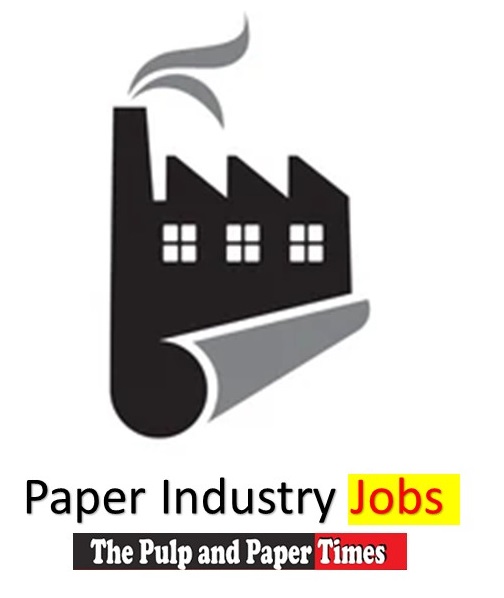 Join Job Channel (View | Submit Jobs)
Join Job Channel (View | Submit Jobs) Join Buy Sell Channel (Free to Submit)
Join Buy Sell Channel (Free to Submit) Paper News Headlines Channel (Free to read)
Paper News Headlines Channel (Free to read)



